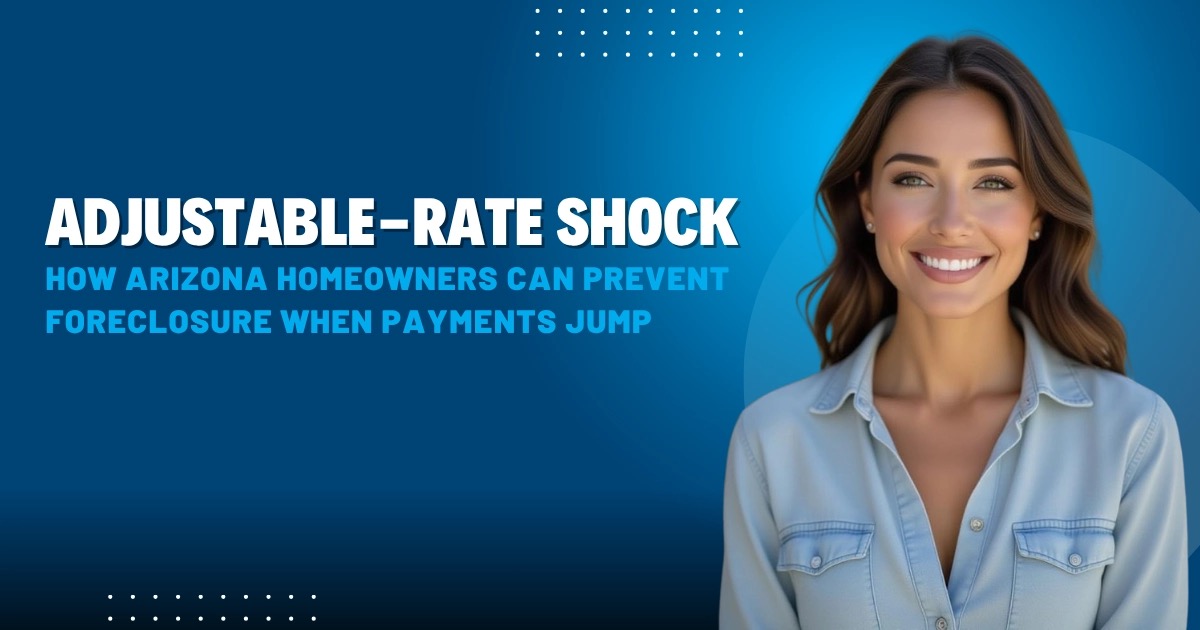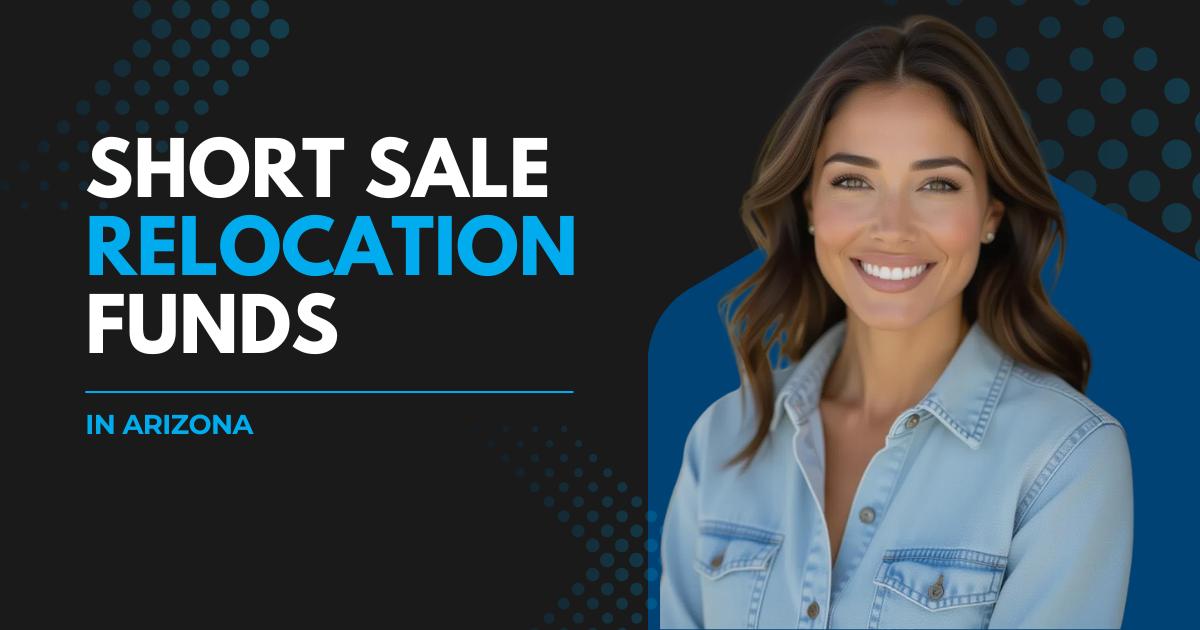If your mortgage payment just went up—and you don’t understand why—you’re not alone. Thousands of Arizona homeowners are seeing sudden spikes as their adjustable-rate mortgages reset. What felt like an affordable home in 2021 can now feel impossible to keep up with in 2025.
The good news: You have options. Understanding what’s happening, and acting early, can help you stop foreclosure before it ever starts.
“When my rate adjusted, my payment jumped almost $700 overnight,” said a Mesa homeowner. “I thought it was over for us, but once I talked to Hope, we made a plan before the bank ever sent a notice.”
What Is Adjustable-Rate “Payment Shock”?
An adjustable-rate mortgage (ARM) starts with a low, fixed interest rate for a few years. Then it adjusts based on the market.
When interest rates rise—as they have in Arizona since 2022—your new rate and monthly payment can increase sharply.
Example:
-
Initial loan: $350,000 at 3% → Payment about $1,475/month.
-
After adjustment to 7% → Payment jumps to roughly $2,330/month.
That’s a $855 monthly difference, often enough to push families toward delinquency.
If you’d like to see how these rate adjustments are trending, Freddie Mac’s ARM data tool shows current averages and historical shifts that have impacted homeowners across Maricopa County.
Why It’s Hitting Arizona Homeowners So Hard
During the 2020-2022 boom, many homeowners in Maricopa County chose ARMs to “get into the market.” They expected rates to stay low or planned to refinance. Now, with high inflation and rising property taxes, refinancing isn’t an easy fix—and incomes haven’t kept up.
In other words, the perfect storm looks like this:
-
Payment spikes after rate reset.
-
Escrow shortage from higher insurance and taxes.
-
No refinance opportunity because rates are high.
-
Missed payments and a Notice of Trustee’s Sale within 90 days.
Early Warning Signs to Watch For
Before foreclosure becomes a threat, you’ll notice subtle changes. Pay attention to:
-
Letters from your lender mentioning “rate adjustments” or “ARM notices.”
-
Escrow increases on your monthly statement.
-
Difficulty covering your new payment within 30 days of the change.
-
Using credit cards or personal loans to cover your mortgage.
If any of these sound familiar, it’s time to act—before your lender records a Notice of Default.
Your Best Options to Stay in Control
1. Request a Loan Modification
Ask your lender if they offer a fixed-rate modification to stop future resets. Some homeowners can qualify even after missing payments.
2. Apply for Forbearance or Payment Reduction
If the increase was sudden and you need short-term help, your lender may grant a temporary forbearance. This pauses or lowers payments for a few months while you regroup.
3. Refinance if You Still Qualify
If your credit and equity are solid, refinancing into a fixed rate locks in stability. Even at a higher rate, predictable payments protect you from further shocks.
4. Sell Before You Fall Behind
If the new payment is unsustainable, selling may preserve your equity and protect your credit. In Phoenix’s steady housing market, you could sell quickly and walk away clean.
What Not to Do When Rates Adjust
It’s tempting to freeze up or wait for things to “calm down,” but that’s the worst move.
Avoid:
-
Ignoring calls or letters from your lender.
-
Taking out high-interest personal loans to cover your mortgage.
-
Skipping payments while hoping for a refinance.
Delaying means fewer options later.
How Hope Can Help You Make a Plan
Hope, The Offer Company’s AI foreclosure assistant, can walk you through your real numbers—what your new payment means, whether a modification or sale makes sense, and how to act before any formal notice.
You don’t have to face foreclosure because your rate adjusted. You just need to take the first step.
Click here to talk to Hope and see what your best move is before things spiral.




